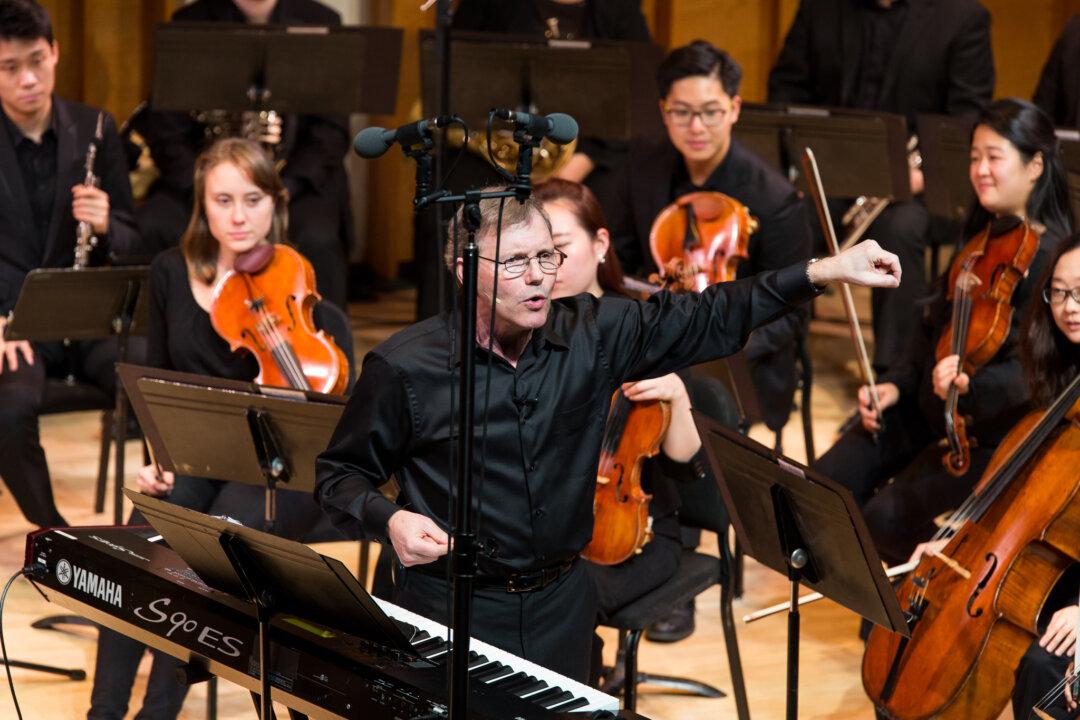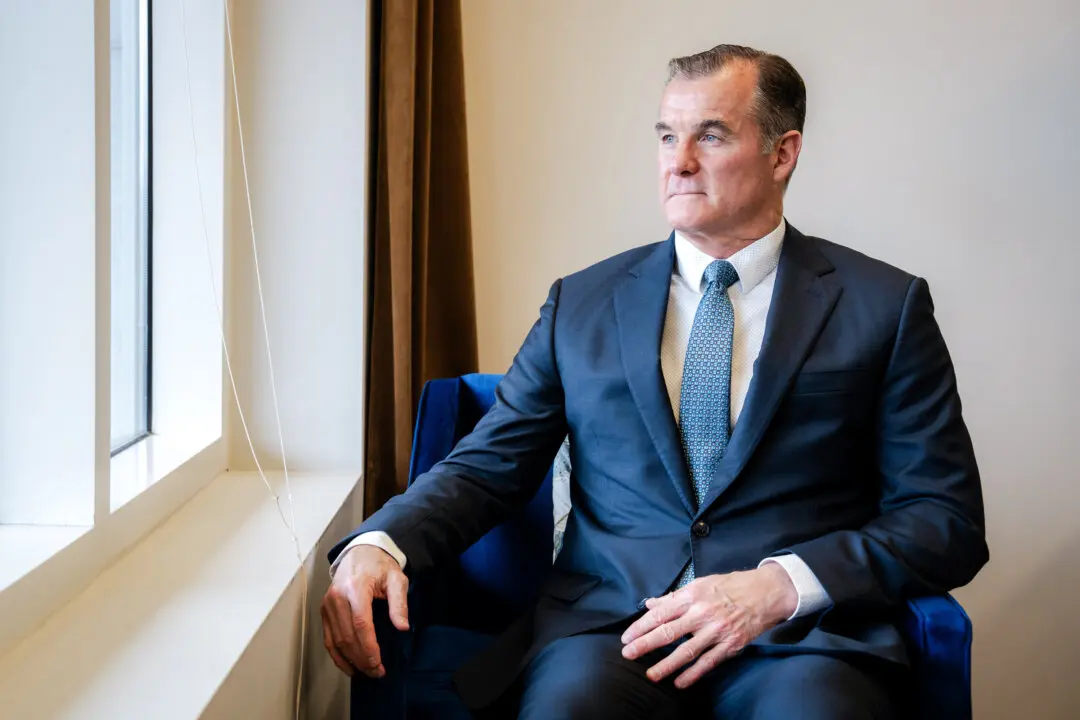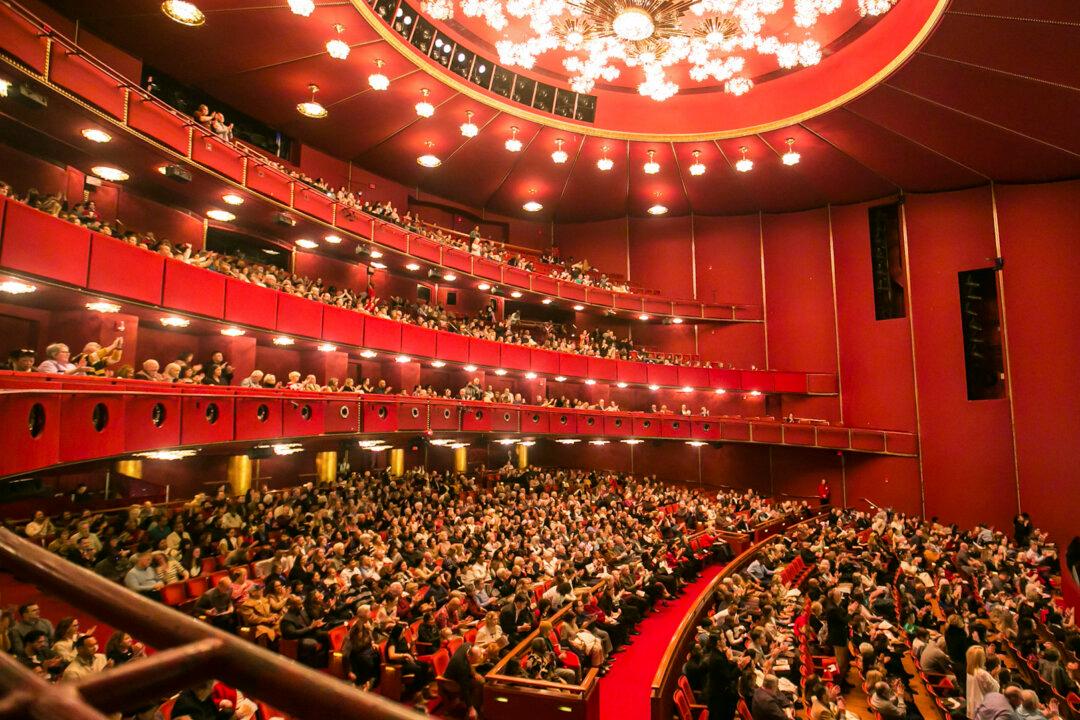NEW YORK—Beethoven, according to musicologist Rob Kapilow, is not about being so much as it is about becoming.
We often think of the composer as revolutionary and barrier-breaking—utterly original—but in fact, there was a very natural progression to his work, his ideas were simple, and his originality was quite rooted in tradition, Kapilow says.






